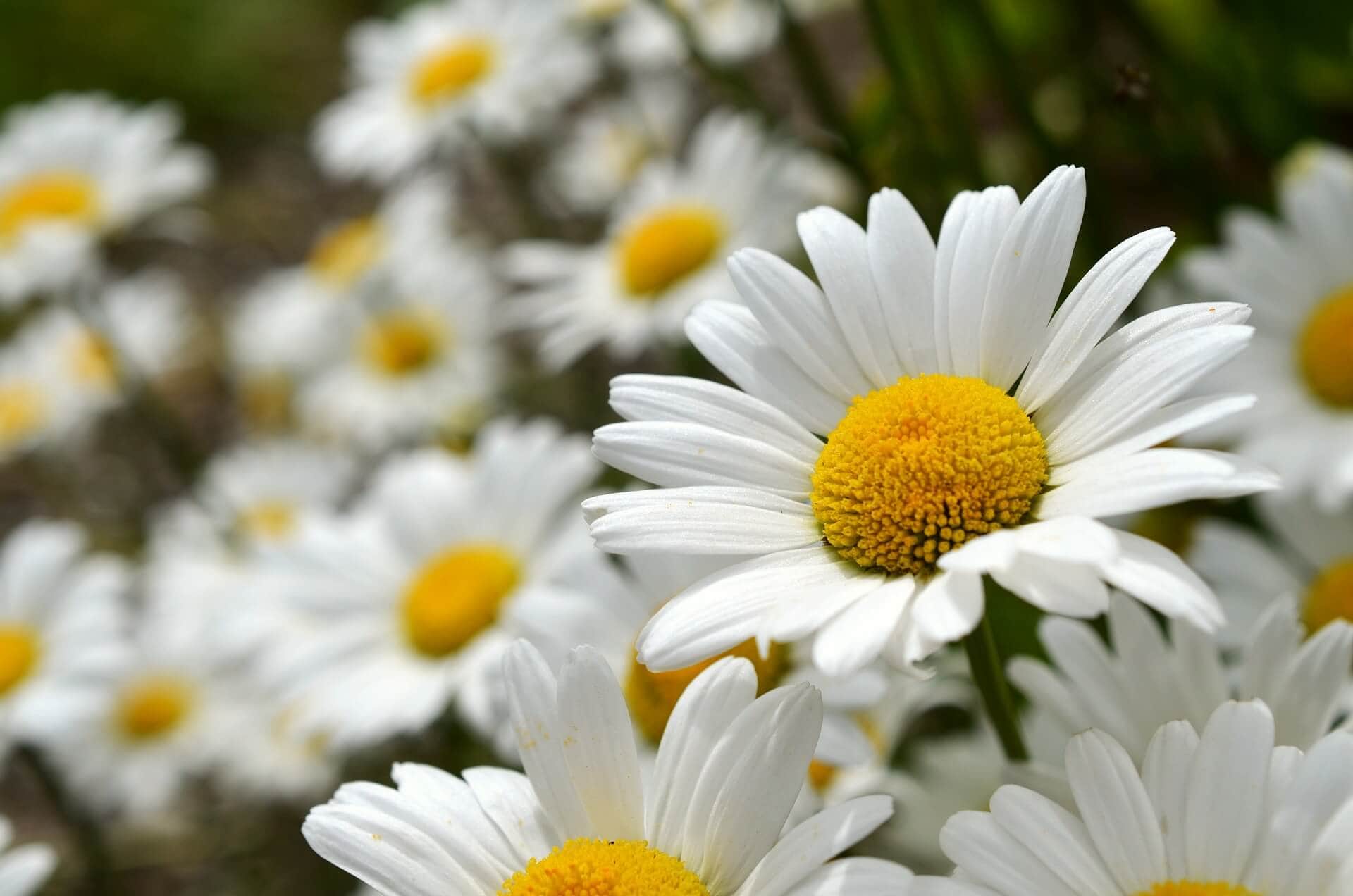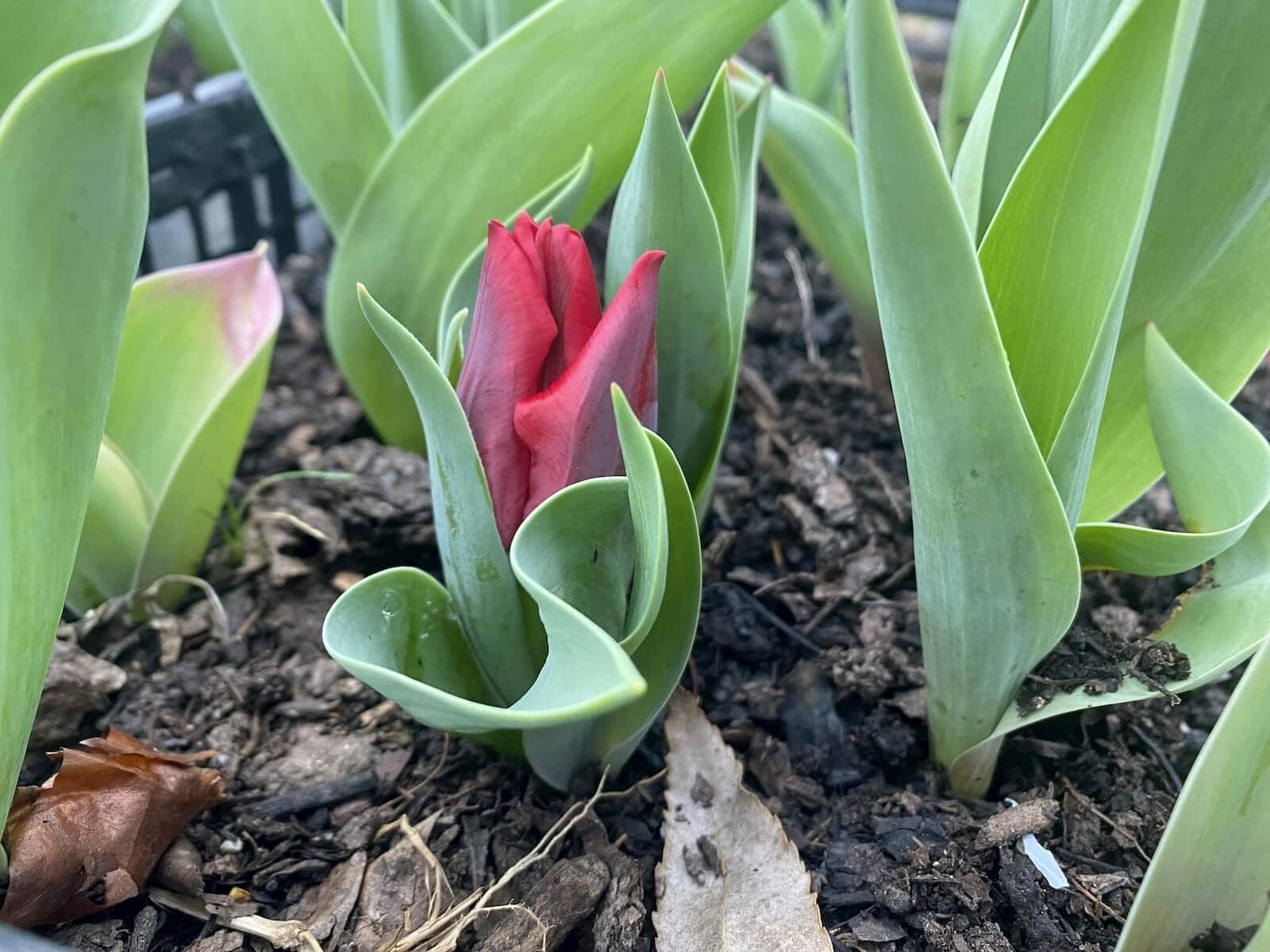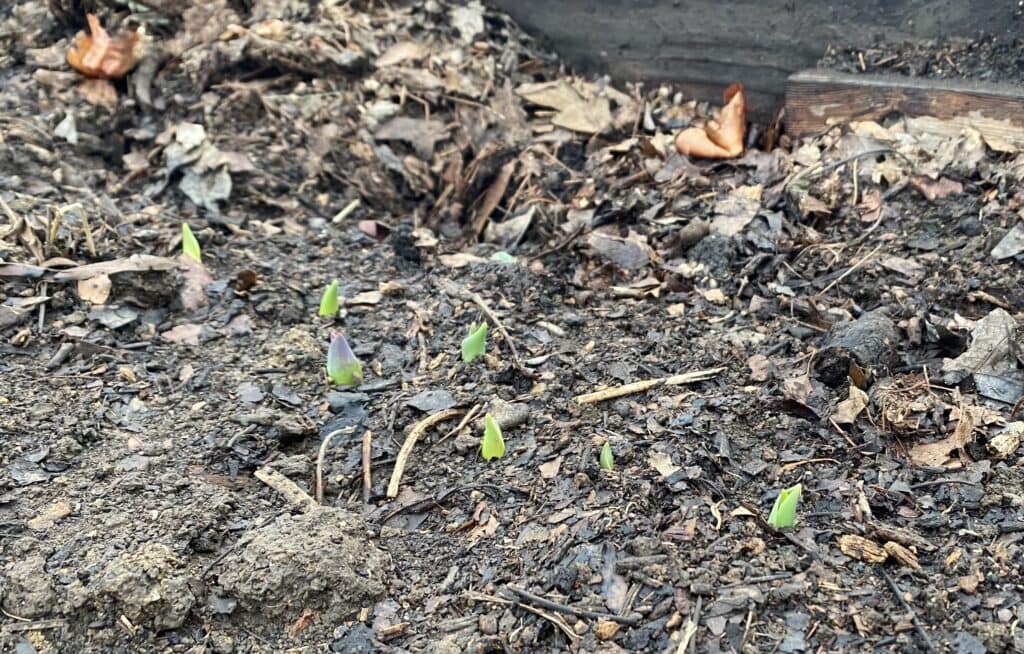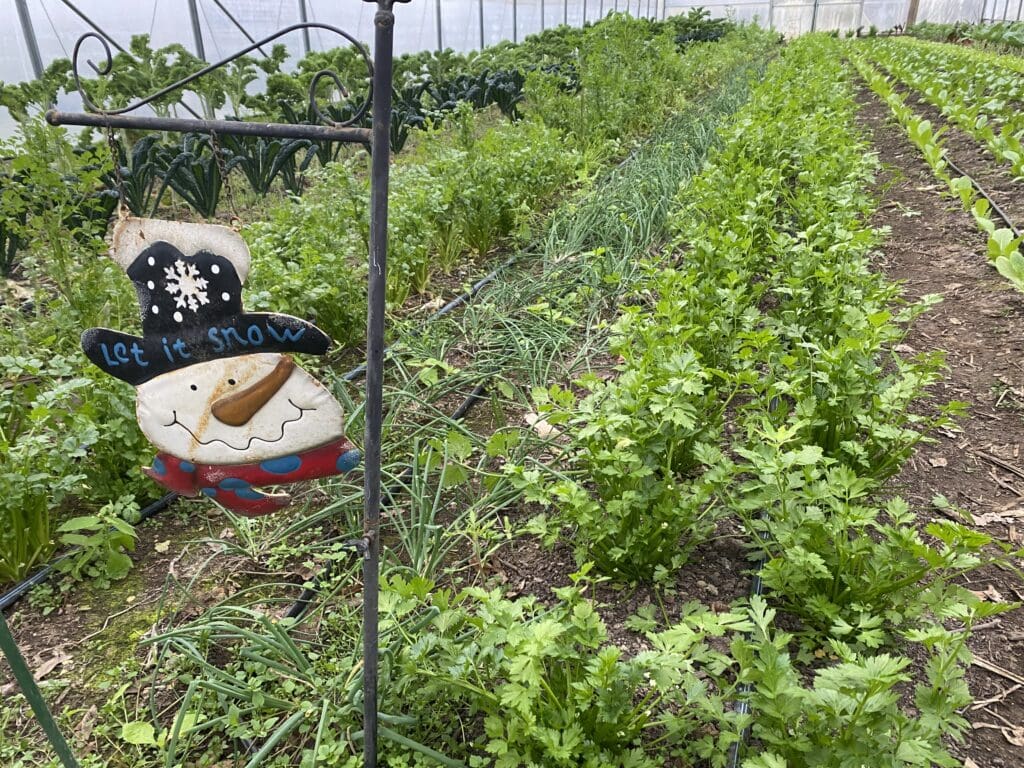This post may contain affiliate links. Probably doesn’t, but it might. It doesn’t cost you anything extra but if you use these links to buy something, we may earn a commission.
This post may contain affiliate links. It doesn’t cost you anything extra but if you use these links to buy something, we may earn a commission.
I know it doesn’t seem like spring is close – it’s still too dark.
Although temperature-wise it does not feel like February (I am NOT complaining Mother Nature, it is just a simple, non-judgmental observation).
And technically spring isn’t that close.
It’s not even the middle of February.
But at the same time… it’s almost the middle of February!
And we do a fair amount of prep work so we can seize the moment as soon spring has sprung from winter.
It was not wet this past week – hurray! – so Matt got a bunch of fields plowed.
At the end of the season, we leave a lot of plant matter in the fields. The plowing incorporates that into the ground – nutrients! – and turns the weed roots up.
Said plant matter (from both the crops and weeds) will degrade while the ground rests again for about a month. Then the fields will actually get prepped for planting by adding a load of compost and doing some tilling.
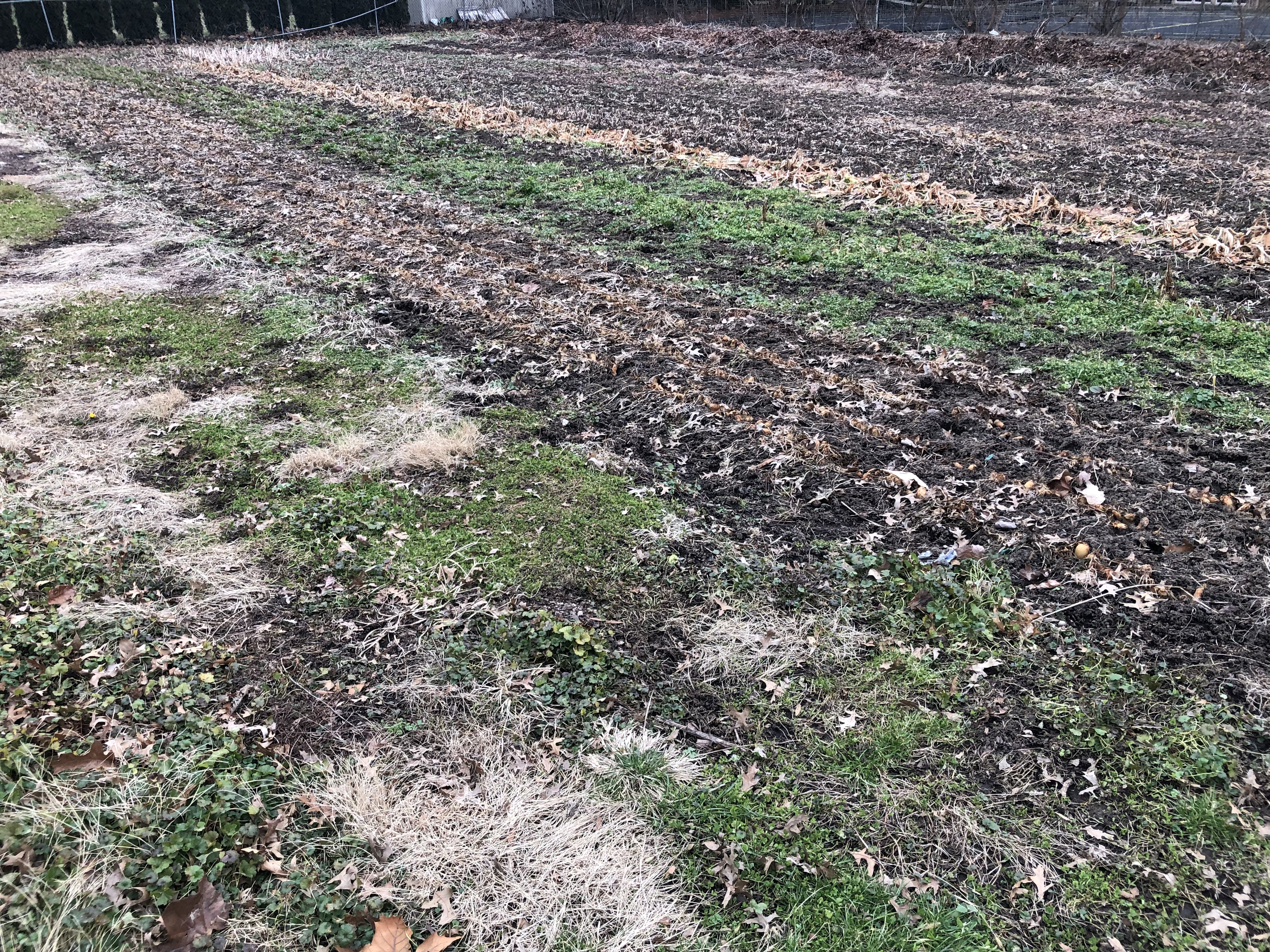
What will get planted first (and when) in the fields is still undetermined though.
The ground needs to be not too hard (frozen), or too soft (muddy), and the weather needs to be… uneventful (yeah yeah, go ahead and laugh at the idea of uneventful weather).
Last spring the weather cycled between hot and cold so many times, the plants did not produce well. Every time it gets cold, the plants think, “welp, it’s winter, Imma give up growing.”
The spring greens are a given – kale, lettuce, mustard, etc.
But what, when, and where of other crops is up for debate.
Cabbage, cauliflower, broccoli rabe, fava beans, the beloved Tokyo bekana, salad turnips, calendula (look for Flower Share sign-up details in 2-3 weeks), the choices go on.
Ruth likes the idea of fava beans because the tunnel where the snapdragons are going is where the favas were last year. So the favas need a new spot.
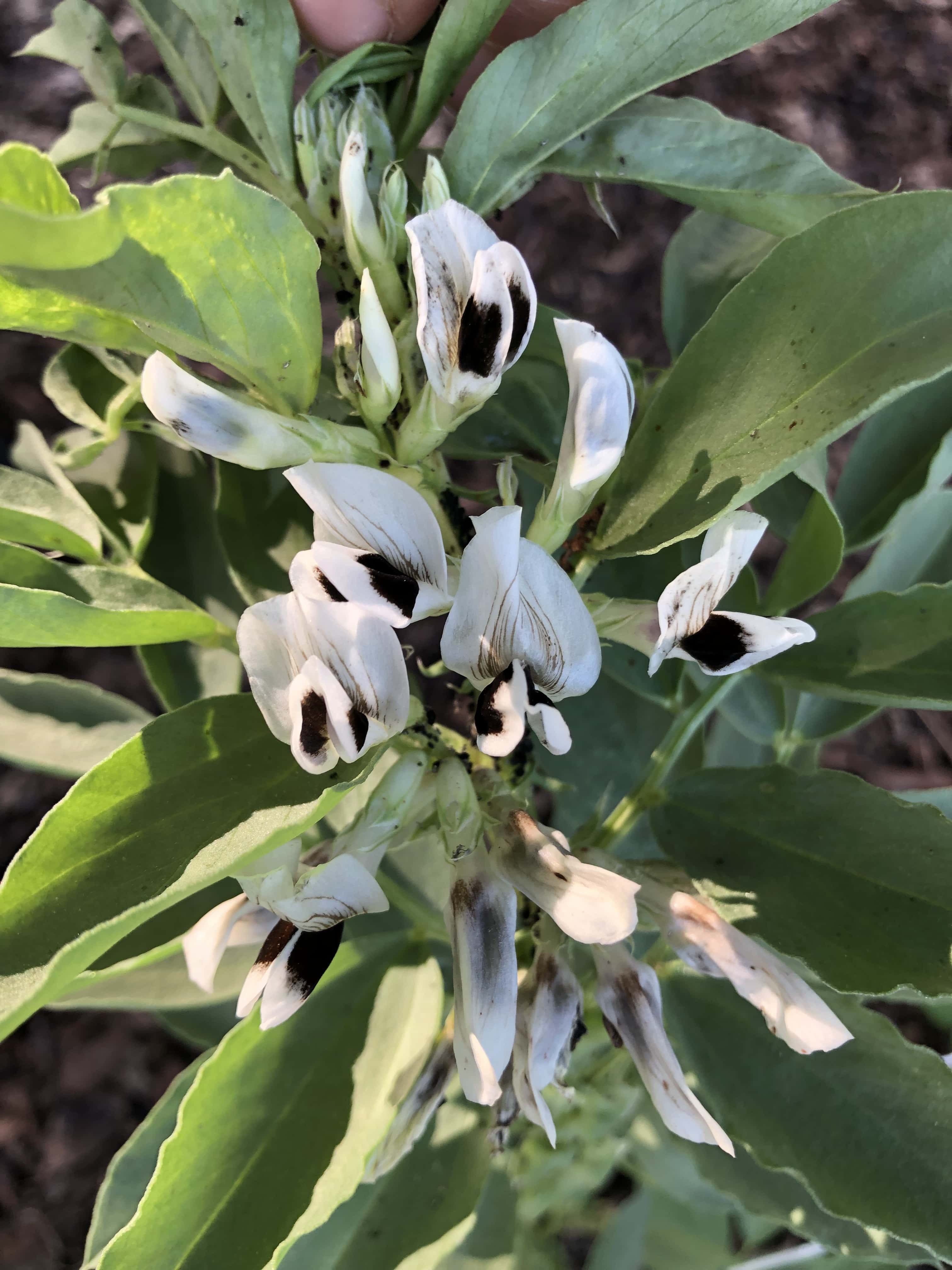
I am not a fan of fava beans, but fortunately for you, we grow more than what I like to eat.
If we only grew what I liked, easily half of it would be lima beans. And I’m told a diet that is majorly lima beans isn’t nutritionally balanced, or some other mumbo jumbo.
But back to planting stuff and away from my food preferences.
The future snap dragon tunnel just got its layer of compost as well. Goal is to plant the first of March, give or take the weather.
The fuzzy looking stuff on the left is a row of thyme. There are actually, technically, two rows of thyme here… they’re just separated by a wall of plastic for part of the year.

Some seasonal inspiration:
Breakfast Strata with Apples, Sausage, and Fennel
Happy Eating!
Elizabeth
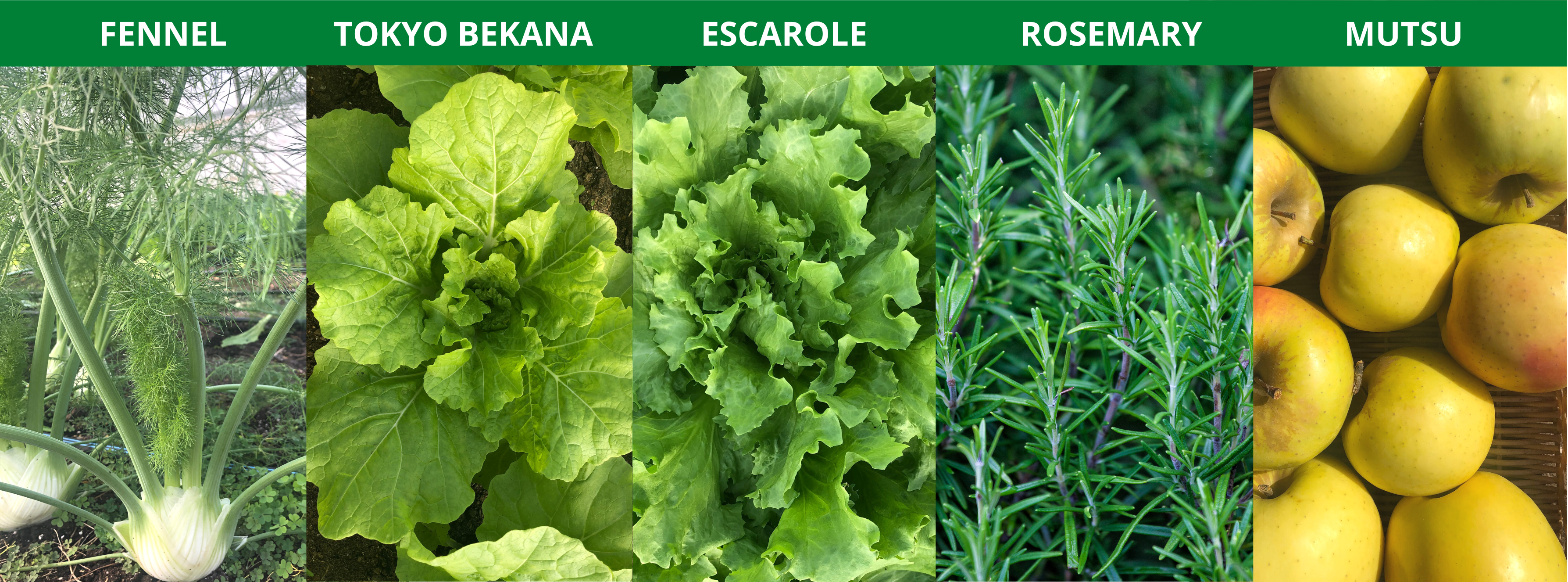
PS: We are swimming in little baby perennials right now. Look for more information on what we’ll have available and when in next week’s email so you can start planning your garden!

Open Tue-Fri 9-6, Sat 9-5.
Closed Sunday & Monday.
This is one of the weekly newsletters that is emailed out every Saturday night (no more, no less). If you liked the information make sure you sign up so you can get Elizabeth’s (sometimes snarky) writings delivered right to your inbox. You can read it on the website – obviously – but a copy of the newsletter isn’t posted to the website until several weeks later.
